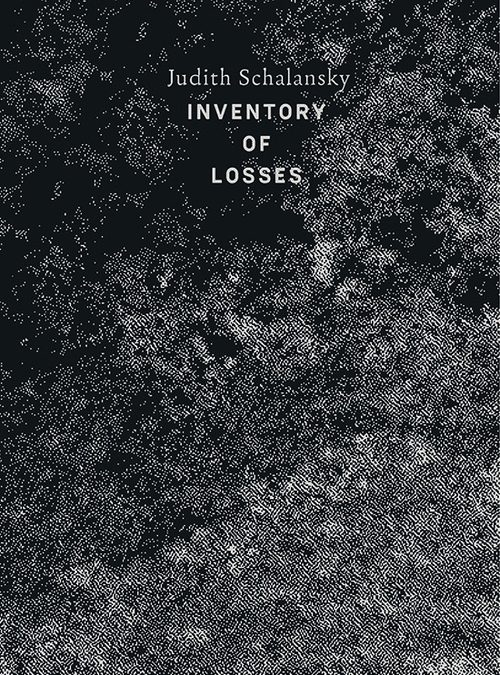Judith Schalansky; Harper Collins
With each passing year, parts of the world are lost. Species become extinct. Old texts fade from print. Artifacts are buried. Islands slip into the ocean. In An Inventory of Losses, Judith Schalansky surveys some of the things that have not held up to the test of time. From the Caspian tiger to the love songs of Sappho, readers are sure to learn something new about something that no longer exists.
Judith Schalansky is a German writer, editor and book designer based in Berlin. She has written five books that have been translated into over 20 languages. Her most famous publication to date is Atlas of Remote Islands: Fifty Islands I Have Not Visited and Never Will, an imaginative ode to obscure places. An Inventory of Losses debuted for German readers in 2018. Now, two years later, translator Jackie Smith brings it to an English-speaking audience.
The book is organized into twelve chapters based on the twelve marvels Schalansky explores, including “Kinau’s Selenographs,” “Tuanaki Island,” “Villa Sacchetti,” “Palace of the Republic” and “The Seven Books of Mani.” It is a hand-selected museum of oddities, united only by their temporal existence. Because of this story-by-story, object-by-object structure, casual readers will enjoy dipping in and out at their leisure.
An unusual and somewhat unexpected feature of this book is the writing style. Instead of simply describing the objects, animals and places that no longer exist and explaining their significance – what one might expect from nonfiction – Schalansky chooses distinct fictionalized voices for each chapter. She creates these narrative voices through her research into these disparate treasures, pieced together from contemporaneous sources such as scrolls, maps, ancient tales, song fragments, slabs of stone and captains’ diaries. In one chapter, readers are brought along to the ancient Roman games, witnessing the bloody showdown between a now-extinct Caspian tiger and a lion. In another, readers are in the mind of a lonely, distraught, age-obsessed movie star wandering the streets of New York in 1952. In “Tuanaki,” readers meet a researcher who stumbled upon lost islands documented on an outdated library globe; the researcher imagines how Indigenous people and colonizers may have understood one another or interacted over the course of time.
Although this narrative style allows Schalansky to be historically accurate while experimenting with storytelling techniques, it can be disorienting. Points of view change often, from first to second to third, as does the gender and time period of the narrative voice. One downside of this is that the voice offers no sense of continuity in terms of the larger themes in the book, and the start of each chapter can be clunky as the reader tries to figure out where and when they are situated in the story and how the narrative will relate to the subject at hand.
Circling around ideas of loss, memory and ruin, Schalansky offers readers an unorthodox take on endings. In the preface, she explains that “Fundamentally, every item is already waste, every building already a ruin, and all creation nothing but destruction.” Yet, she concedes a sort of optimism centered around second chances, particularly those instances when someone unearths something spectacular after years, decades or centuries of hiding and the past lives again.
An excerpt from An Inventory of Losses, an essay called “The Von Behr Palace,” is published in Asymptote.
Reviewed by Jamie Chornoby






